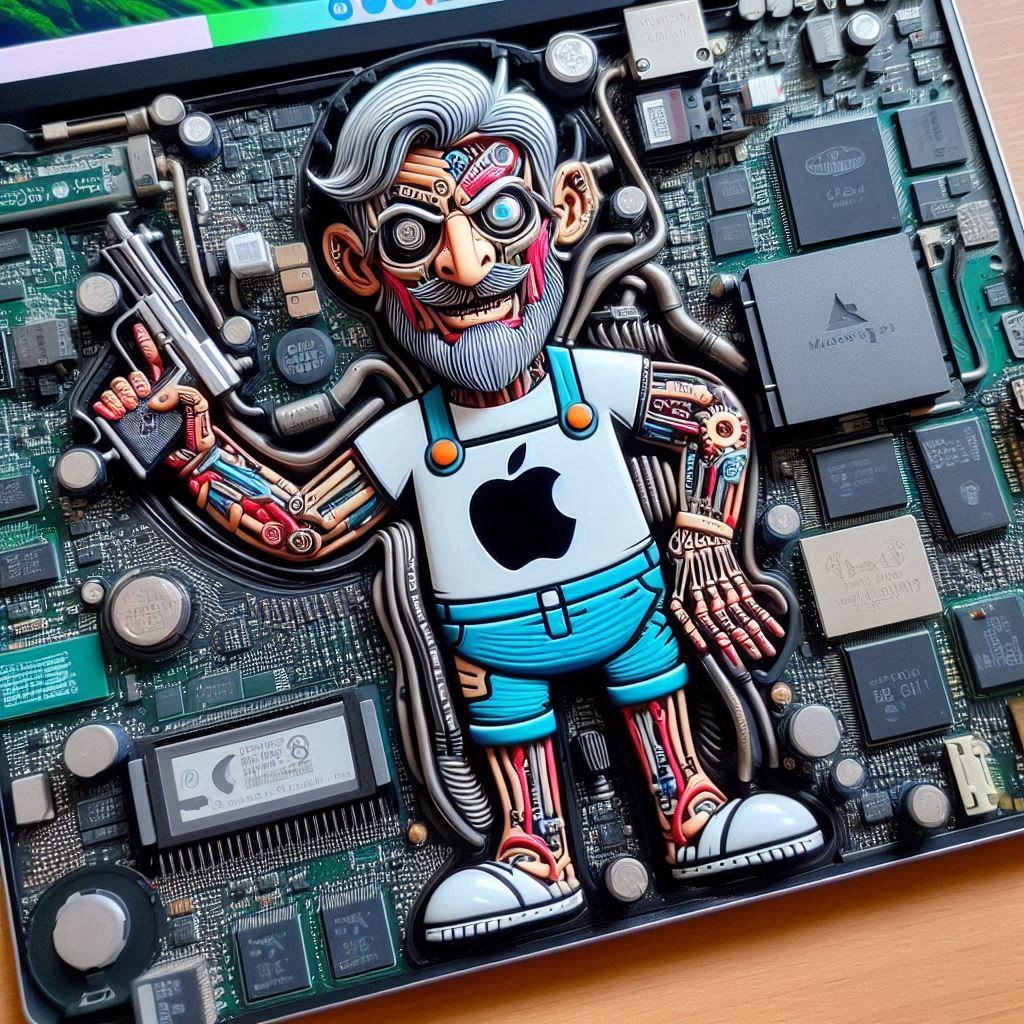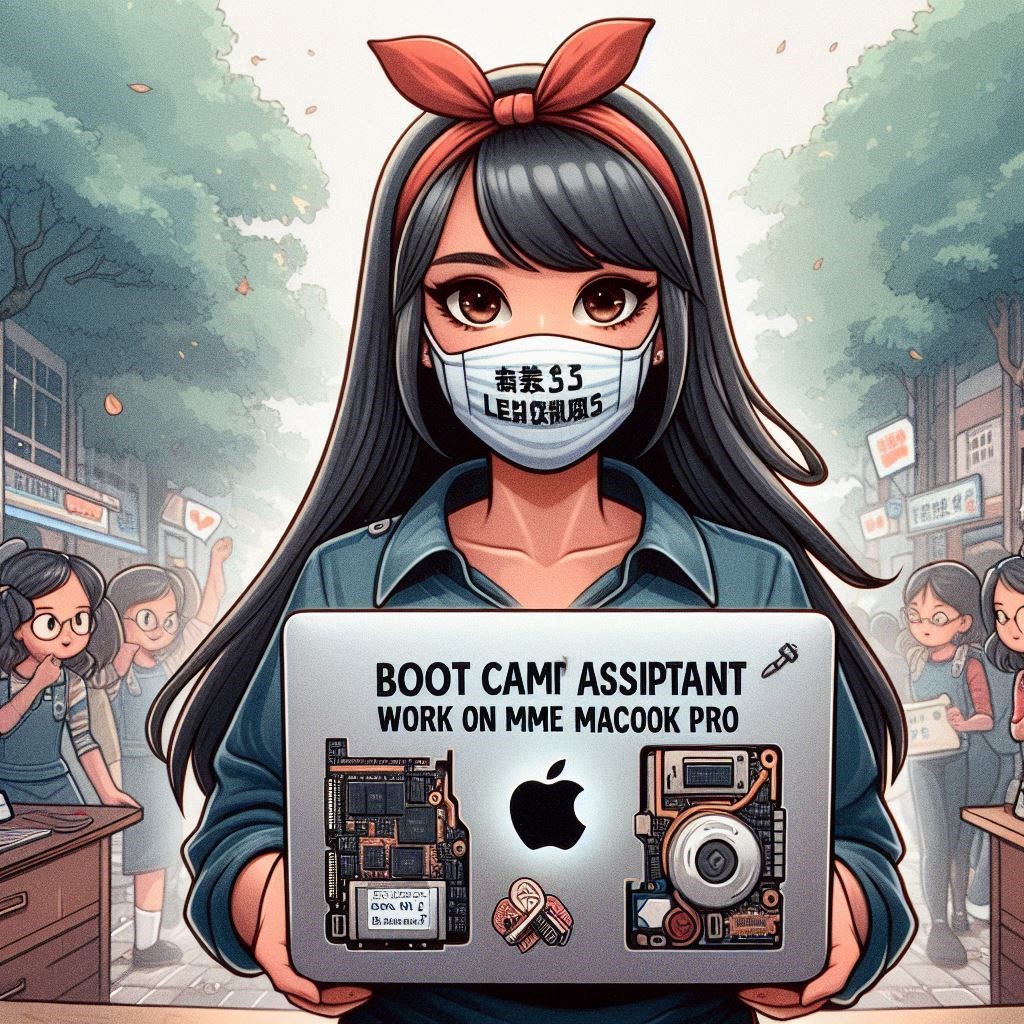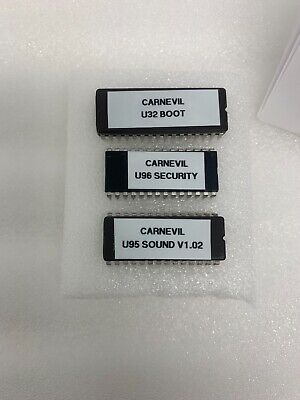Introduction
If you’re a proud owner of the new M3 chip MacBook Pro, you’ve likely experienced the power and speed that comes with Apple’s latest technology. But what happens when you want to run Windows alongside macOS? Enter Boot Camp Assistant, Apple’s built-in tool designed to make this transition smoother. However, as exciting as it sounds, many users are left wondering: does Boot Camp Assistant actually work on M3 chip MacBook Pros? Let’s dive into this question and explore your options for running Windows on your sleek new device.
What is the M3 chip MacBook Pro?
The M3 chip MacBook Pro represents the latest leap in Apple’s silicon technology. Designed for power and efficiency, it aims to elevate performance across various tasks.
This chip is built on a 3-nanometer process, which optimizes speed while minimizing energy consumption. Users can expect faster processing times and enhanced multitasking capabilities compared to previous models.
With advanced GPU architecture, the M3 chip excels in graphics-intensive applications. Whether you’re editing videos or playing games, this hardware ensures smooth visuals without lag.
In addition to raw performance, the M3 emphasizes machine learning features. This makes it particularly appealing for developers and creatives looking to harness AI tools effectively.
The combination of high-performance cores and energy-efficient design makes the M3 chip a game-changer in portable computing. It’s tailored for those who demand more from their devices without sacrificing battery life or usability.
The Compatibility of Boot Camp Assistant and M3 Chip MacBook Pro
The M3 chip marks a significant leap in Apple’s silicon technology. With enhanced performance and efficiency, many users are eager to understand how it interacts with Boot Camp Assistant.
Unfortunately, Boot Camp has not been officially supported on Macs powered by Apple Silicon chips, including the M3. This limitation raises questions for those wanting to run Windows natively on their devices.
Apple’s shift from Intel processors means that traditional methods of installing Windows through Boot Camp may no longer apply directly. While some users have explored workarounds or third-party tools, results can be inconsistent.
For prospective buyers of the M3 MacBook Pro, it’s essential to consider these compatibility issues. If running Windows is crucial for your workflow, alternative solutions should be considered before committing to this new hardware.
How to Install Windows on M3 Chip MacBook Pro using Boot Camp Assistant
Installing Windows on your M3 Chip MacBook Pro using Boot Camp Assistant is a streamlined process. First, ensure you have a compatible Windows ISO file ready for installation.
Open Boot Camp Assistant from the Utilities folder in Applications. Follow the prompts to partition your hard drive. You’ll need to allocate enough space for Windows and any applications you plan to use.
Once you’ve set the partition size, Boot Camp will guide you through downloading necessary drivers and creating a bootable USB if required. After that, it’s time to select your Windows ISO file and click install.
Your Mac will restart and you’ll be taken to the Windows installer interface. Follow the instructions on screen until installation completes. Once done, your Mac will reboot again into Windows where you’ll finalize settings like language and region preferences. Enjoy exploring both operating systems seamlessly!
Common Issues and Troubleshooting for Boot Camp Assistant on M3 Chip MacBook Pro
Users may encounter a few common issues when using Boot Camp Assistant on the M3 Chip MacBook Pro. One prevalent problem is partitioning errors. Sometimes, users find that their disk won’t partition properly, preventing Windows installation.
Another issue arises with driver compatibility. While Apple provides essential drivers, some users experience challenges getting additional hardware to function correctly after installing Windows.
Additionally, performance hiccups can occur during usage. Some applications might run slower than expected or not at all due to incompatibility with the M3 architecture.
For troubleshooting, ensure your macOS is up-to-date before starting the Boot Camp process. This can help resolve many initial setup problems.
If you face persistent boot-up issues, try resetting NVRAM and SMC settings as these simple methods often solve various functionality problems related to startup and device recognition.
Alternatives to Boot Camp Assistant for M3 Chip MacBook Pro Users
For M3 Chip MacBook Pro users seeking alternatives to Boot Camp Assistant, virtualization software is a popular choice. Programs like Parallels Desktop and VMware Fusion allow you to run Windows alongside macOS seamlessly. This setup is convenient for multitasking and eliminates the need for rebooting.
Another option is QEMU. It’s an open-source emulator that can offer great flexibility in terms of configurations. While it may require a bit more technical know-how, enthusiasts appreciate its versatility.
Wine provides a different approach by allowing certain Windows applications to run directly on macOS without needing full OS installation. It’s especially useful for lightweight programs but might not support all applications effectively.
CrossOver, based on Wine technology, offers better user support and compatibility enhancements for those who want an easier experience with Windows apps on their MacBooks. Each alternative has its strengths; the right one depends on your specific needs and use cases.
The Truth About Boot Camp Assistant on M3 Chip MacBook Pro
Boot Camp Assistant has been a reliable tool for Mac users wanting to run Windows. However, the transition to Apple’s M3 chip presents unique challenges.
Many users wonder if Boot Camp can keep up with this new architecture. The truth is that while Boot Camp was designed for Intel-based Macs, it isn’t natively supported on M1 or M2 chips—and the same applies to the M3.
This situation leads many to seek alternatives. Virtualization software like Parallels Desktop or VMware Fusion offers solutions tailored for Apple Silicon machines. These applications allow you to run Windows smoothly without relying on Boot Camp.
Though some may hold out hope for future updates from Apple, current support remains limited. It’s essential for prospective users of an M3 chip MacBook Pro to explore their options and understand what works best in this evolving tech landscape.

Conclusion: M3 Chip MacBook Pro Users: Does Boot Camp Assistant Still Work?
Does Boot Camp Assistant Work on M3 Chip MacBook Pro. For M3 Chip MacBook Pro users, the question of whether Boot Camp Assistant works is a significant one. While Apple’s transition to its own silicon has brought impressive performance gains and efficiency, it has also introduced compatibility challenges for traditional software. Currently, Boot Camp Assistant does not support installing Windows on M3 Macs natively.
Instead, users may need to explore virtualization options or alternative solutions like Parallels Desktop or VMware Fusion. These programs can create a virtual machine that runs Windows alongside macOS without the need for dual-booting. This method allows you to leverage your device’s power while still accessing Windows applications.
If you’re relying on Boot Camp Assistant with an M3 chip MacBook Pro, it’s essential to stay updated on any changes from Apple regarding future compatibility features. For now and into the foreseeable future, consider using alternatives that ensure smooth operation and functionality tailored to your needs as an M3 user.



